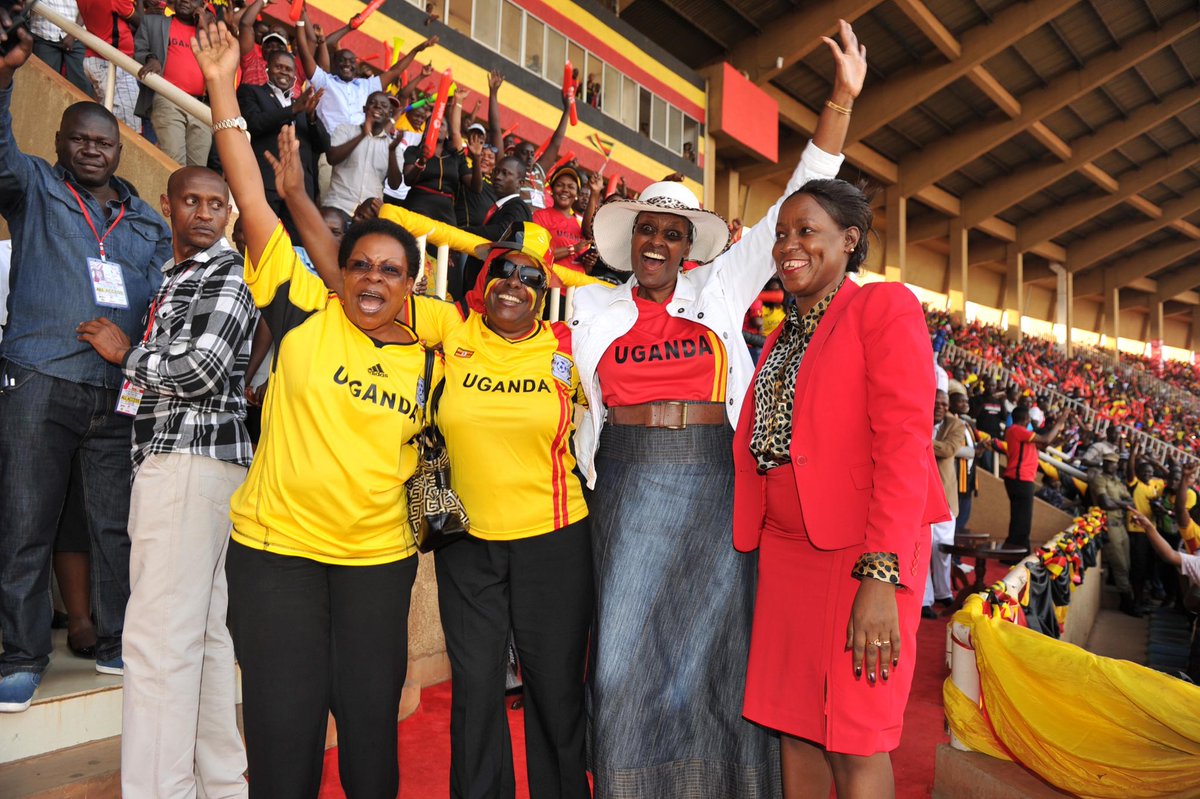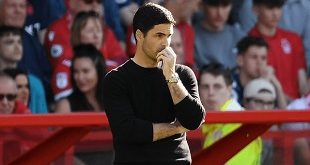
It had big names like skipper Jimmy Kirunda, Timothy Ayieko, Phillip Omondi, Moses Nsereko and other greats like Tom Lwanga, goalkeeper Paul Ssali (who Ugandan veteran football commentator Hassan Badru ZZiwa considers the greatest ever), and the touring Polly Ouma.
But even watchers of recent Uganda teams have big names they know from recent AFCON qualification campaigns. Many mention Ibrahim Sekagya, Paul Hasule, MagidMusisi, David Obua, and Andy Mwesigwa who were more individually gifted players but failed to produce the magic to make it to the Nations Finals. These were great players and when lined up against them, Miya’s team looks like minions. Yet they have achieved what the greats failed to do. How?
An instinctive reaction would put it down to luck. Uganda was in Group Dwith the likes of Burkina Faso, Comoros, and Botswana. These are not the best footballing nations on the continent. They are not Algeria, Egypt, Tunisia, Nigeria, Ghana, Ivory Coast, or even DR Congo. So Uganda had a real chance. It was the best ranked by FIFA, followed by Burkina Faso, and – further down are Botswana and Comoros.
But some commentators credit the coach, Micho Sredojevic’s team selection style, for the success. For Micho, it is current form not pass performance that counts. To the casual observer, Micho looks like he treats every team selection like a shuffle of new cards where any player can be an ace of spades or a club jack.
Micho in 2015 was fielding players like James Alitho in goal, Denis Okot Oola, Richard Kassaga, Ivan Ntege, Bernard Muwanga, Muzamiru Mutyaba, Erias Ssekisambu, and Caesar Okhuti. None of those was in the side that won on Sunday.
Instead there were names like Nicholas Wadada, Isaac Isinde, KhalidAucho, Kizito Luwaga, andMoses Oloya. Plus of course the veterans like Tonny Mawejje, and Geoffrey Massa.
In reality, Micho’s selections are calculated and long term. He says he differs from previous Cranes coaches because he does not start looking for players three or four days to the game.
Instead, Micho is involved in the day-today management of the players. He easily notices the form, makes technical interventions, and draws up tactical growth paths for each.
Organic growth
Mike Mutebi, one of the few Ugandans to have coached the Cranes likes that. He calls it “organic growth”. He says this approach helps new generations of players to get noticed, come through, and the team keeps developing them. Mutebi, who was in charge of the Cranes in 2004 and currently in charge of KCC FC, says the best teams are allowed time to flourish and part of this strategy has helped the current Cranes team to grow over time.
“The mainstay of this current team is Tony Mawejje; he was a kid in the Cranes team I coached in 2004. He has seen the near misses and it is not by accident that he is still in the team. “When you look at the current team, Mawejje plays with more authority than anybody else because he has been tried and tested.”
“Later in 2006, the likes of Vincent Kayiizi, Geoffrey Serunkuma and Geoffrey Massa came through and then the Walusimbis later.”
 The Independent Uganda: You get the Truth we Pay the Price
The Independent Uganda: You get the Truth we Pay the Price



